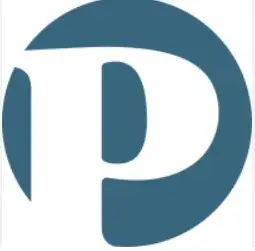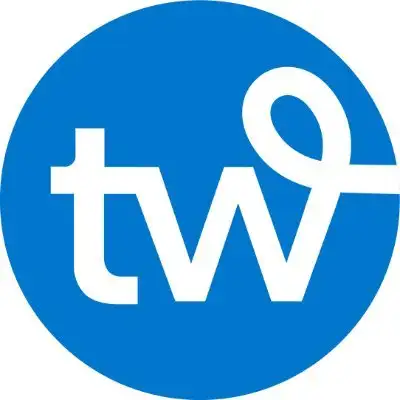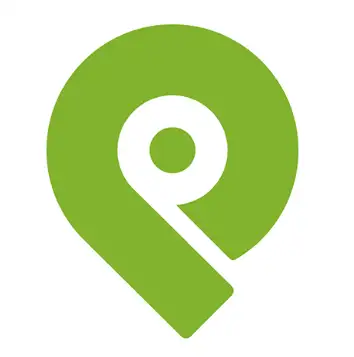Hopper: A comprehensive review of the social media scheduling tool
Social media plays a vital role in today’s marketing strategies, especially for brands aiming to maintain a consistent and organized online presence. Among the many tools available, Hopper (formerly Hopper HQ) has positioned itself as a practical and intuitive solution for planning and managing content across multiple platforms. This review breaks down Hopper’s features, advantages, and limitations to help you decide if it’s the right fit for your social media needs.
Overview
Hopper is a social media scheduling tool that focuses on visual planning and streamlined post management. Initially launched with a strong emphasis on Instagram, the platform has expanded to support Facebook, Twitter, LinkedIn, and TikTok, making it a versatile option for individuals and businesses looking to automate their publishing workflow.
Built with content creators, agencies, and e-commerce brands in mind, Hopper enables users to schedule, preview, and publish posts with ease. Its clean interface and visual-first approach make it especially appealing for teams that manage large volumes of content or prioritize brand aesthetics.
Key features
Hopper offers a drag-and-drop calendar planner, giving users a clear view of upcoming posts across platforms. This visual layout helps teams coordinate campaigns and spot content gaps quickly. You can also bulk-upload images, schedule carousel posts, and manage multiple accounts in one place.
The grid planner for Instagram is a standout feature, allowing users to preview and design their feed before content goes live — ideal for maintaining a cohesive visual identity.
For collaboration, Hopper provides user roles and approvals, allowing teams to review and approve content before it’s published. This is particularly useful for agencies or businesses with marketing teams that need structured workflows.
Hopper also supports first comment scheduling, hashtag libraries, and image editing tools, helping streamline post creation from draft to publish. Additionally, analytics and reporting tools offer insights into post performance, audience engagement, and growth metrics.
Pros and cons
Hopper stands out for its intuitive interface and visual scheduling tools, which simplify content planning and previewing, especially on platforms like Instagram. Its grid view, bulk scheduling, and media library features save time for teams working with high volumes of content.
The platform is also praised for its reliable automation and support for Instagram-first strategies, including direct publishing of carousel posts — a function some competitors lack.
However, Hopper has its limitations. While it supports key platforms like Instagram, Facebook, Twitter, LinkedIn, and TikTok, it lacks integration with YouTube, Pinterest, and newer social platforms. For users relying heavily on video content or niche networks, this could be a barrier.
Another downside is the limited native content curation features. Unlike some competitors, Hopper doesn’t suggest third-party content, meaning users must rely on external tools or manual research for curated posts. Pricing may also be a consideration for solopreneurs or startups, as the cost can increase with multiple users or brands.
Ideal use cases
Hopper is a strong choice for agencies, e-commerce brands, and Instagram-heavy strategies where visual planning is a priority. It’s also ideal for marketing teams that need collaboration tools, multi-account management, and visual consistency across content. If your workflow involves scheduling campaigns in advance with strong aesthetic control, Hopper can significantly enhance efficiency.
Bottom line
Hopper is a user-friendly and visually-focused social media scheduler, perfect for brands and agencies that prioritize Instagram and need a reliable tool for cross-platform publishing. While it may not cover every social network or offer extensive curation features, its planning tools and visual design capabilities make it a standout option for managing content with clarity and control. For users focused on visual content and collaborative workflows, Hopper is definitely worth exploring.


















